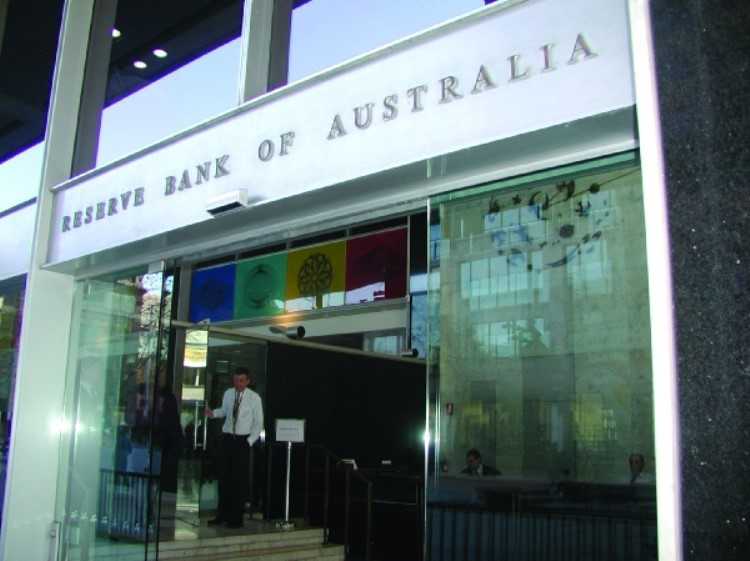
Reserve Bank Governor Philip Lowe said that the recent public scrutiny of the banks, spearheaded by the ongoing Royal Commission, will lead to even tighter lending policies and the eventual rise in interest rates.
Speaking at the Reserve Bank Board Dinner in Adelaide last Tuesday, just hours after the Reserve Bank announced that the cash rate will remain unchanged for the 19th consecutive month, Lowe suggested that mortgage lending standards are about to get tighter.
“Domestically, for some time, we have seen the main risk to be related to household balance sheets. For a while, trends in household credit were quite concerning,” he said.
“On this front, things now look less worrying than they were a while back, although the level of household debt remains very high, which carries certain risks. In terms of financing, we also discussed the potential for some tightening in financial conditions in Australia. In the United States, the cost of US dollar funding has increased for reasons not directly related to monetary policy and this increase is flowing through into higher money market rates in Australia.
“We expect some of this to be reversed in time, although it is difficult to tell by how much and when. It is also possible that lending standards in Australia will be tightened further in the context of the current high level of public scrutiny. We will continue to watch these issues carefully.”
In late April, the Australian Prudential Regulation Authority (APRA) said that lending standards have improved since the 10% cap on growth in new lending to property investors was introduced in late 2014. APRA added that it was prepared to remove the cap for lenders who could demonstrate stronger lending standards.
However, the regulator is now working with ADIs to address debt-to-income risks, which the Reserve Bank has repeatedly flagged over the past 12 months.
Lowe also addressed the issue of monetary policy in his speech, noting that while it may look as if the Reserve Bank has little to do when it meets on the first Tuesday of every month, the board actually “diligently [assesses] the pulse of the Australian economy”.
“We also deliberate carefully over what setting of monetary policy will best deliver low and stable inflation in Australia. As we conduct those deliberations, we are conscious that our ultimate objective is enhancing the economic prosperity and welfare of the Australian people,” he said.
Lowe said the Australian economy is in better shape today than it was a year ago, with significant progress having been made in slashing unemployment and having inflation return to around the middle of the target range. The Reserve Bank expects further progress in these two areas over the next few years.
“The other key point is that the progress we are making is only gradual: our central scenario is for a gradual pick-up in wages growth, a gradual lift in inflation and a gradual reduction in the unemployment rate,” Lowe said.
“While we might like faster progress, it is encouraging that things are moving in the right direction and are likely to continue to do so. If this is how things turn out, it is reasonable to expect that the next move in interest rates will be up.”
Collections: Mortgage News


Share